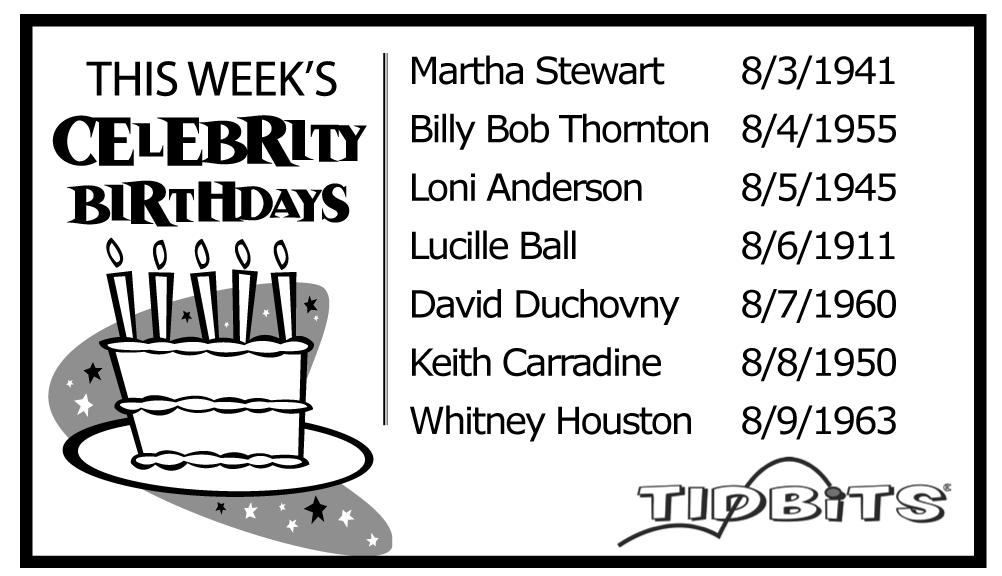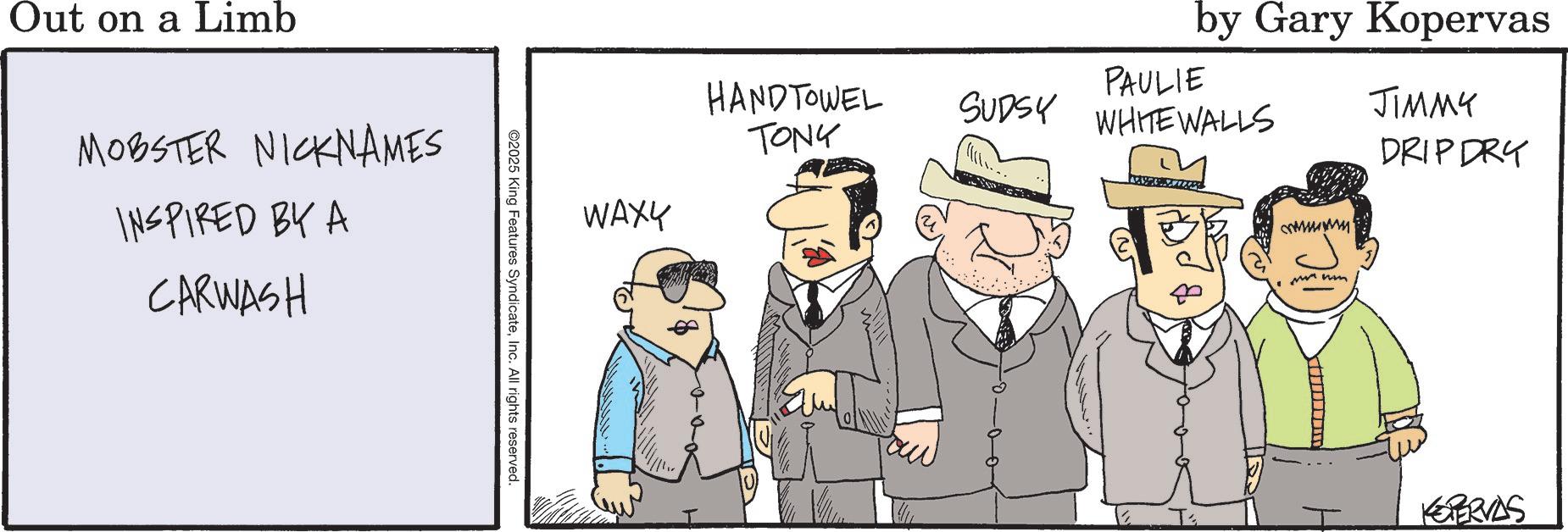


TIDBITS® ADMIRES RAINBOWS
by Janet Spencer

Come along with Tidbits as we learn the science behind rainbows!
THE RAINBOW FACTS
• Here are the three basic facts behind the formation of rainbows:
• First, sunlight, which appears to be white, is actually made of all colors combined.



• Second, light travels at “the speed of light” which is constant until the moment it travels through a substance such as glass or water, slowing it down. This causes it to bend at an angle, which is called “refraction.”
• Third, light bounces off mirror-like substances, and this is called “reflection.”
• When a ray of sunlight enters a droplet of water, some of the light passes directly through the drop. Some of it scatters all around the inside of the drop. But some of it hits the rear wall of the drop and is reflected back. The rays of light that reflect at an angle between 40 and 42 degrees bounce out of the front of the drop and are refracted, splitting into the full spectrum. Every single raindrop acts as a miniature prism.
• Different wavelengths of light cause different colors: red has the longest wavelength, and violet has the shortest. (cont)























Of The Mid-Ohio Valley is Published & Distributed Weekly By: CindAl Publishing Company 812 55th St. Vienna, WV 26105 e-mail: alan@tidbitsmov.com Advertising: 304.210.3812
We reserve the absolute right to accept, reject, discontinue or refuse any advertisement personal or commercial that we deem may not be conducive for our publication or Tidbits®. The publisher does not assume any responsibility for the claims of its advertisers. Tidbits® is committed to remain a family oriented publication. www.tidbitsmov.com
RAINBOW FACTS
(cont)
• When light enters a prism or a raindrop, the different wavelengths refract at slightly different angles, separating the colors into the rainbow spectrum. Red light bends the least, and violet light bends the most. The colors in a rainbow are always in order of their wavelength, from longest to shortest: red, orange, yellow, green, blue, and violet. This order of color can be remembered using the mnemonic “Roy G. Biv.”
• When a beam of light passes through a stationary glass prism, the rainbow colors are bright, clear, and sharply defined. But in the atmosphere, with the Sun either rising or setting, and the water droplets in motion, the edges of the colors are smeared.
• A double rainbow is caused because the sunlight reflects twice within each drop, sending out two prisms at slightly different anglesthe main rainbow at about 42 degrees, and the second a little higher at 50 degrees. The main rainbow is always the brightest because the beam of light is stronger when it exits the raindrop after a single bounce. The second rainbow on top is not only weaker because of the second bounce, but is also flipped in a mirror image. Instead of Roy G. Biv, it’s Vib G. Yor.
• Every rainbow is a double rainbow, but whether or not you can see the second rainbow depends on the conditions. If there is an abundance of large drops combined with strong sunlight, the second rainbow will be bright. If there are fewer raindrops that are smaller in size, with weak or fading sunlight, the second rainbow will be faint or invisible.
• As the rain is falling, all the droplets at one specific height reflect red into the eye of the observer; a few degrees lower and all the drops reflect orange, and so on throughout the entire spectrum. (cont)


When you find him, please send us a message with your name, POSTAL MAIL address, the issue number you are referring to and which ad is hosting Toby for the week! Visit www.tidbitsmov.com or send the answer with the above information to alan@tidbitsmov.com OR you may send us a private message to our Facebook page - @Tidbits MOV. PLEASE do not post the answer directly to the page - that ruins the fun for everyone. All winners will be drawn randomly from correct responses and will be posted weekly. As with all our contests, you are welcome to play every week, you are only eligible for one winner per household per month.



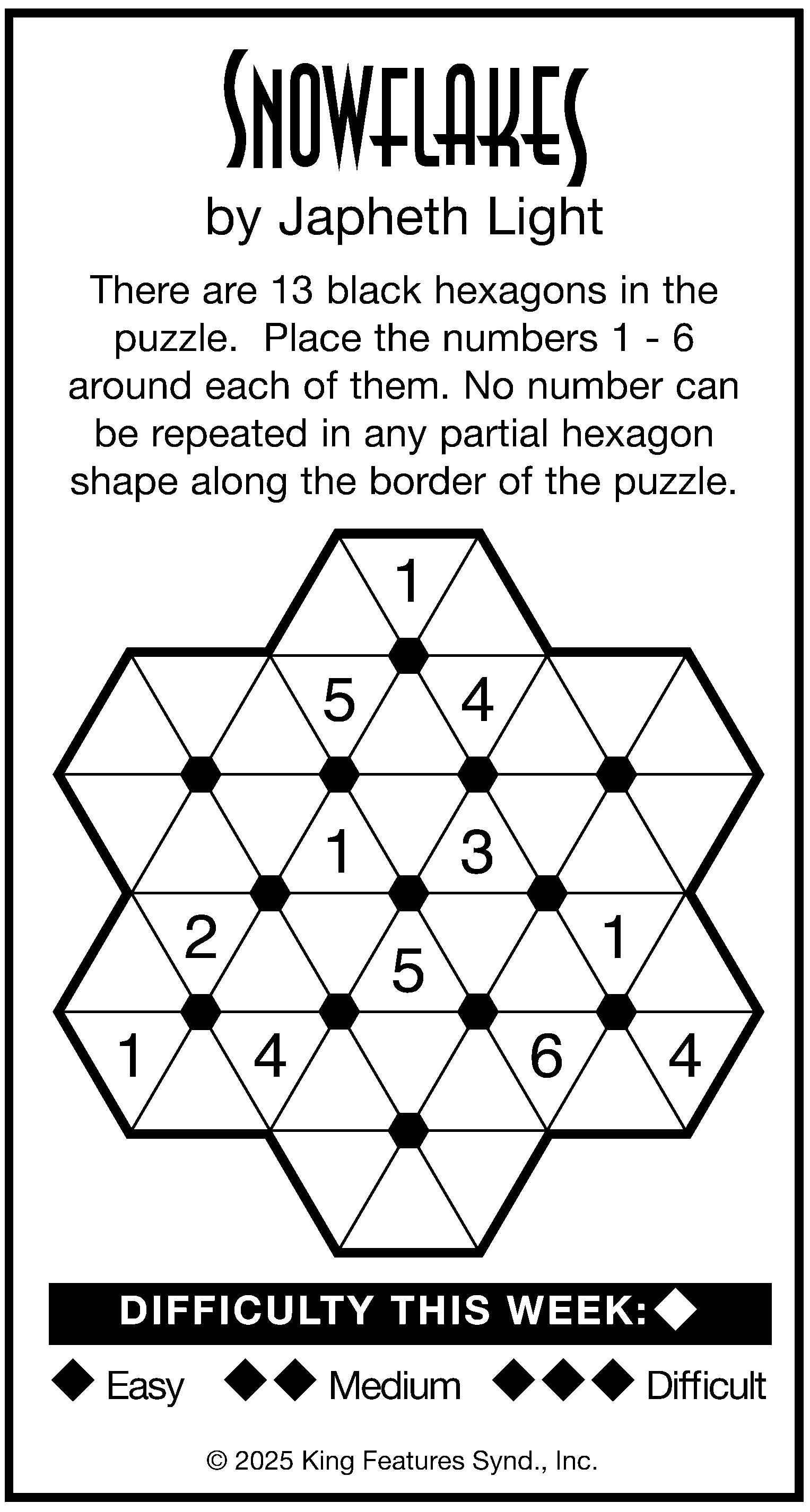

Steve M From St Marys Found Tommy In Issue 1309


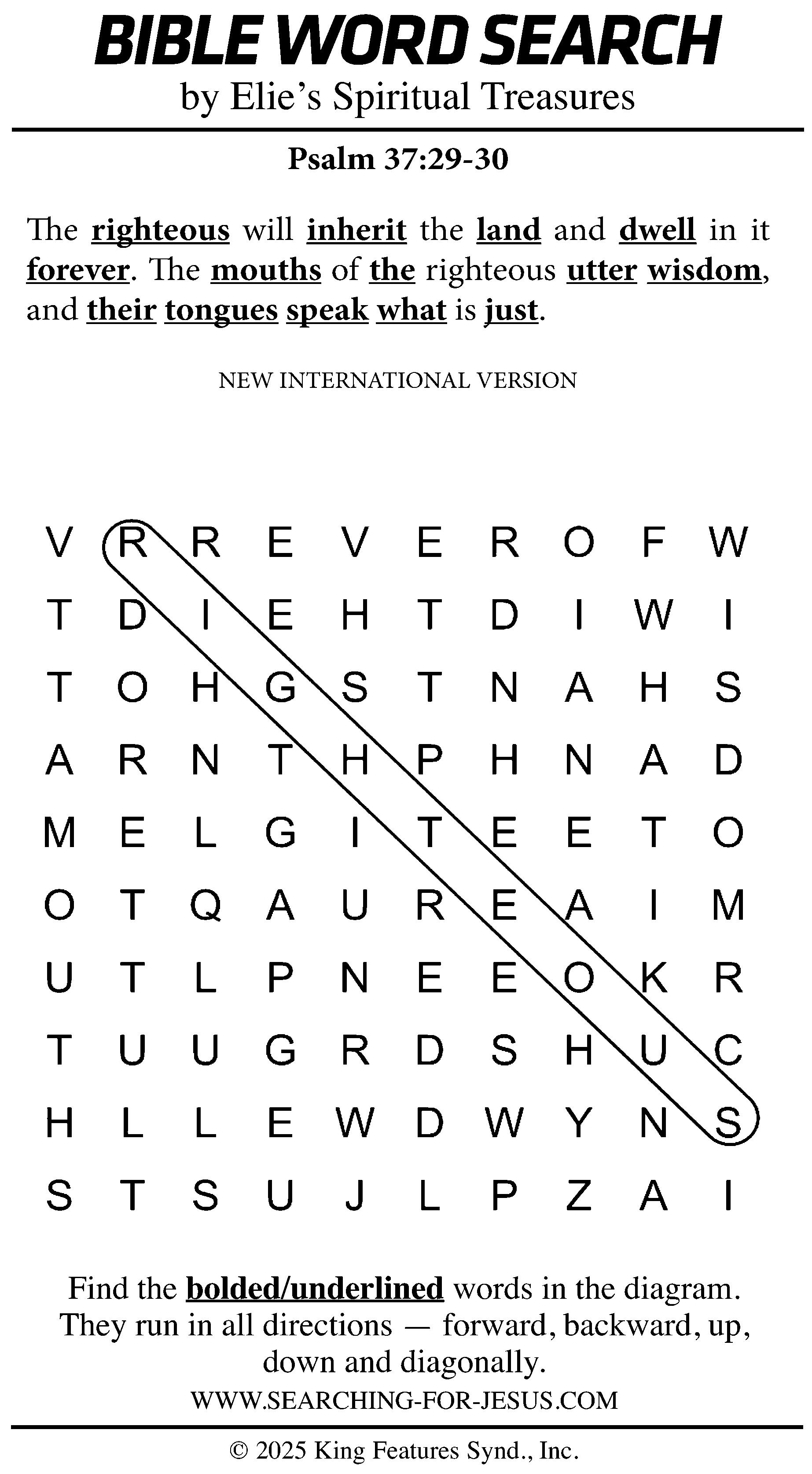










RAINBOW FACTS
(cont)
• Rainbows are seen in the western sky during the morning and in the eastern sky during the early evening because sunlight must hit the rain at 40 degrees.
• If the Sun is low in the sky, the rainbow’s arc will be higher. If the Sun is high in the sky, the rainbow’s arc will be lower. Rainbows rarely show up in the middle of the day when the Sun is so high that the rainbow would be too small to see. When the Sun is higher than 42 degrees above the horizon, no rainbow can be seen from the ground.
• The most spectacular rainbow displays happen when half the sky is still dark with storm clouds while the observer stands under clear sunny skies. The result is a luminous rainbow that contrasts with the darkened background.
• The area below the arch of the rainbow will always be brighter than the area above the rainbow. This is because the droplets under the rainbow also reflect the sheen of the white light beyond the red and the violet of the prism.
• Every rainbow forms a complete circle. If you can view the rainbow from high enough, either on a mountaintop or in an airplane, you will see the whole circle. On the ground, however, the circle is interrupted by the ground, making it an arch.
• A rainbow is based on the orientation of the observer and the Sun, so when the observer moves, the rainbow moves too. If you’re on a highway driving directly towards a rainbow at a hundred miles an hour, it will always remain out of reach. There is no pot of gold at the end of the rainbow because the rainbow doesn’t have an end.
• In German, Dutch, Danish, and Swedish, the word for rainbow is a variation of “regenbogen.” (cont)


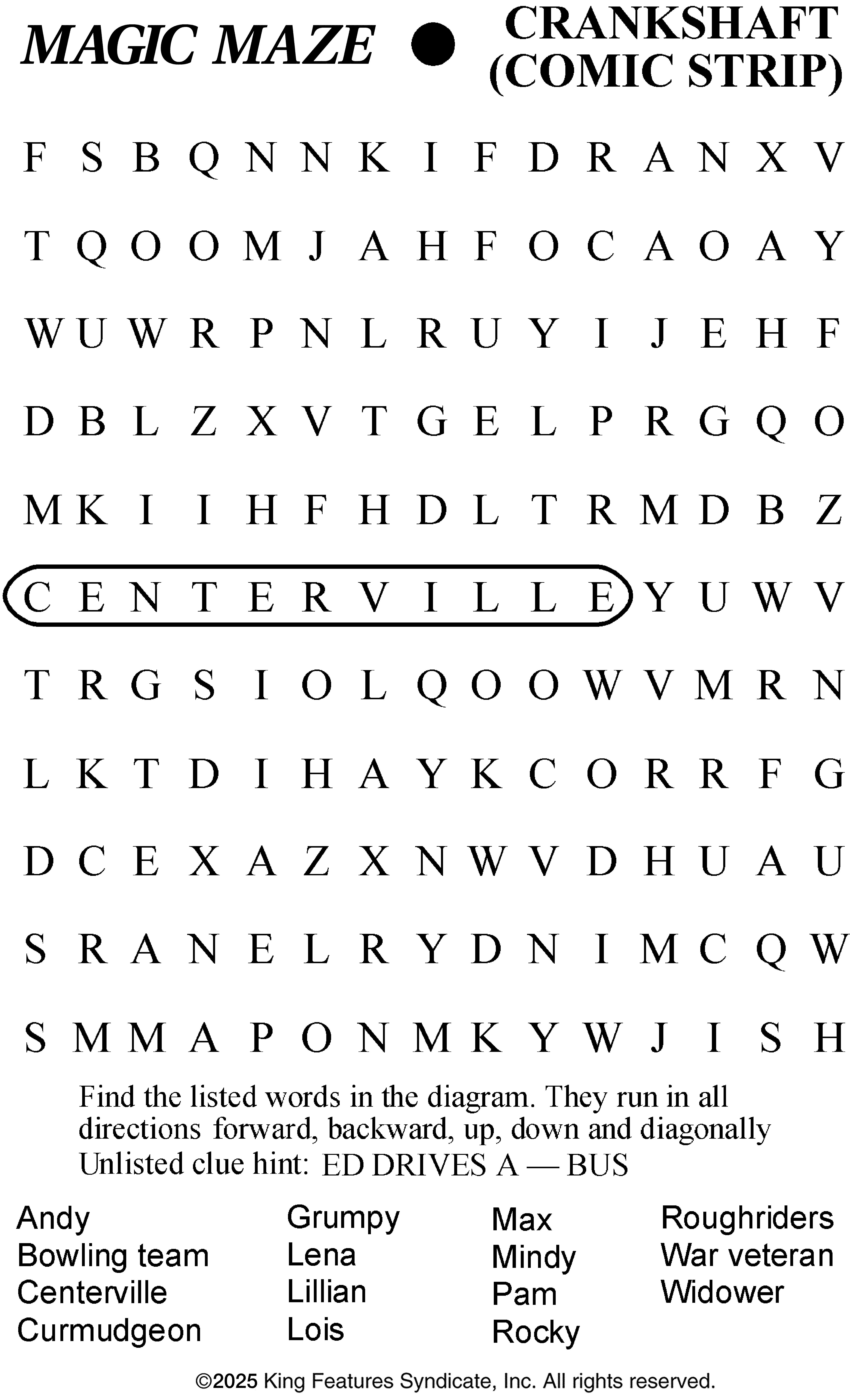







STORIES BEHIND COLORS
• The ancient root word “reudh” gives us red, rusty, ruddy, and ruby.
• The name for the fruit begat the name for the color of the fruit. In Sanskrit it was “naranga.” The Spanish called it “naranja.” The Italians dropped the first “n” and called it “arancia” which passed into into English as “orange.”
• The Old English “gelo” meaning “to shine” resulted in our yellow.
• The ancient word “ghre” meant “things that are growing” and is the root of not only green, but also grow, grass, and graze.
• The old German word “blaw” meaning “bright” became our blue.
• Indigo is the modern spelling of the Latin phrase meaning “blue dye from India.”
• The flower whose Latin name was originally “viole” was violet in color.
• Similarly, pink was simply the name of a flower before it became the name of the color
• For the ancient Greeks, a marine snail yielded a rare dye called porphyra, which became purpura, purpure, purpul, purpel, and purple.
• The ancient European word “kweidos” meaning “shiny” first entered English as “hweidos” which was shortened to “hwit” and became “white.” This also gave rise to the word “wheat” because it’s the color of flour
• The Germanic word “blakaz” meant “burnt” and gave us the word for the color black because things that have burned are black.
• The French, when thinking of the color of burning things, thought about the white-hot flames leaping from the fire. This resulted in the word “blanc,” meaning white. The English turned that into “blank” which morphed into “bleak” and also formed the root of “bleach.”

Chia Jam: The Superfood Hack You Didn't Know You Needed
When I was a kid, summer wasn't just about sunshine and sprinklers it meant jam. My mom would line up jewel-toned jars of homemade preserves, from apricot to zucchini, each jar a little pot of sunshine. Over the years, I've made my fair share of jams, but let's be real jam-making can be a bit of a production. Sterilizing jars, bubbling fruit, pectin, sticky countertops it's a labor of (a lot of) love.
Enter: Chia Jam. This little gamechanger will transform the way you think about homemade preserves. No stove time. No pectin. No canning tongs required. Just fruit, chia seed, and a touch of sweetness.
Chia seeds are the secret to this jam. Yes, those little seeds that sprouted chia pets back in the '80s are a nutritional powerhouse. Packed with fiber, omega-3s, antioxidants and protein, these tiny wonders are a simple way to boost your nutrition. But their real magic? Chia seeds absorb over 10 times their weight in liquid, turning fruit puree into a thick, spreadable jam in under an hour.
The best part? This jam is totally customizable. Use whatever fruit you have on hand or what's in season. Blackberries, peaches, plums, even thawed frozen fruit works. Get creative: Try blueberry with lemon, apricot with pineapple or even a little gourmet twist like strawberry-basil or blackberry-thyme (pictured).
BASIC CHIA JAM
2 cups fruit (fresh or thawed frozen)
3 tablespoons chia seeds 1 to 2 tablespoons honey or maple syrup
1 teaspoon lemon juice
Wash and prep your fruit. If you're using frozen fruit, thaw it first. Puree the fruit in a blender or food processor, then add chia seeds and blend again. Taste and add sweetener, if desired. A spoonful of honey or maple syrup does the trick. Refrigerate for at least an hour, stirring halfway through. The chia seeds will work their magic and thicken it up. Store in the fridge for up to a week. Use on toast, stirred into oatmeal or let's be real spooned straight out of the jar.
Fun Variations:
Blackberry Thyme Chia Jam: 1 pound blackberries + 3 tablespoons chia + 1 tablespoon minced thyme + 1 tablespoon honey
Strawberry Basil Chia Jam: 1 pound strawberries + 3 tablespoons chia + 1 tablespoon minced basil + 1 tablespoon honey
Blueberry Lemon Chia Jam: 1 pound blueberries + 3 to 4 tablespoons chia + zest and juice of half a lemon + 2 tablespoons honey
Chia jam is so simple and quick, you'll be hooked. But let's take it up a notch with a fun way to enjoy it in a parfait! Chia Jam Parfait: A Deliciously Healthy Snack
Layering chia jam into yogurt creates a healthy parfait that's as beautiful as it is delicious. You can't go wrong with a few layers of creamy yogurt, chia jam and maybe some granola or graham crackers for texture.
For a perfect parfait: Layer a couple of tablespoons of chia jam with Greek yogurt (or any yogurt you love). Add a sprinkle of granola or crushed graham crackers for crunch and color. Repeat
the layers until your jar or bowl is full. Finish with a drizzle of honey, and you've got yourself a snack that's not only good for you but gorgeous, too. Chia jam strikes the perfect balance of sweet and tart, without the added sugar of traditional jams. Packed with nutritious chia seeds, it's a guilt-free treat. Next time you crave something sweet, skip store-bought jams. Chia jam is a simple, healthy way to elevate your snacks and desserts. You're going to love it.
***
Lifestyle expert Patti Diamond is the pennypinching, party-planning, recipe developer and content creator of the website Divas On A Dime Where Frugal, Meets Fabulous! Visit Patti at www.divasonadime.com and join the conversation on Facebook at DivasOnADimeDotCom. Email Patti at divapatti@divasonadime.com (c) 2025 King Features Synd., Inc.
This easy blackberry chia jam is the perfect topping for everything from toasted bread to creamy parfaits..
PHOTO CREDIT: www.JasonCoblentz.com




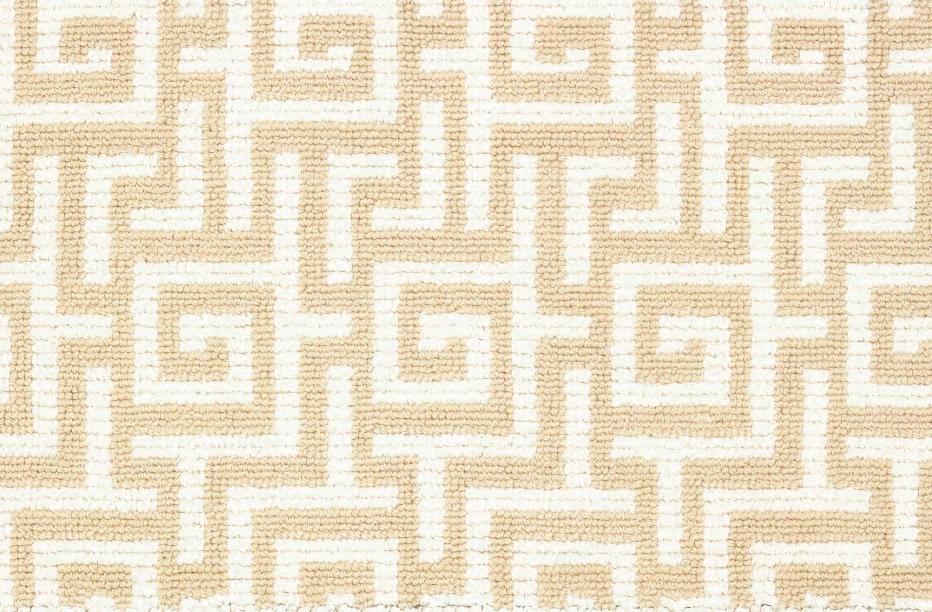

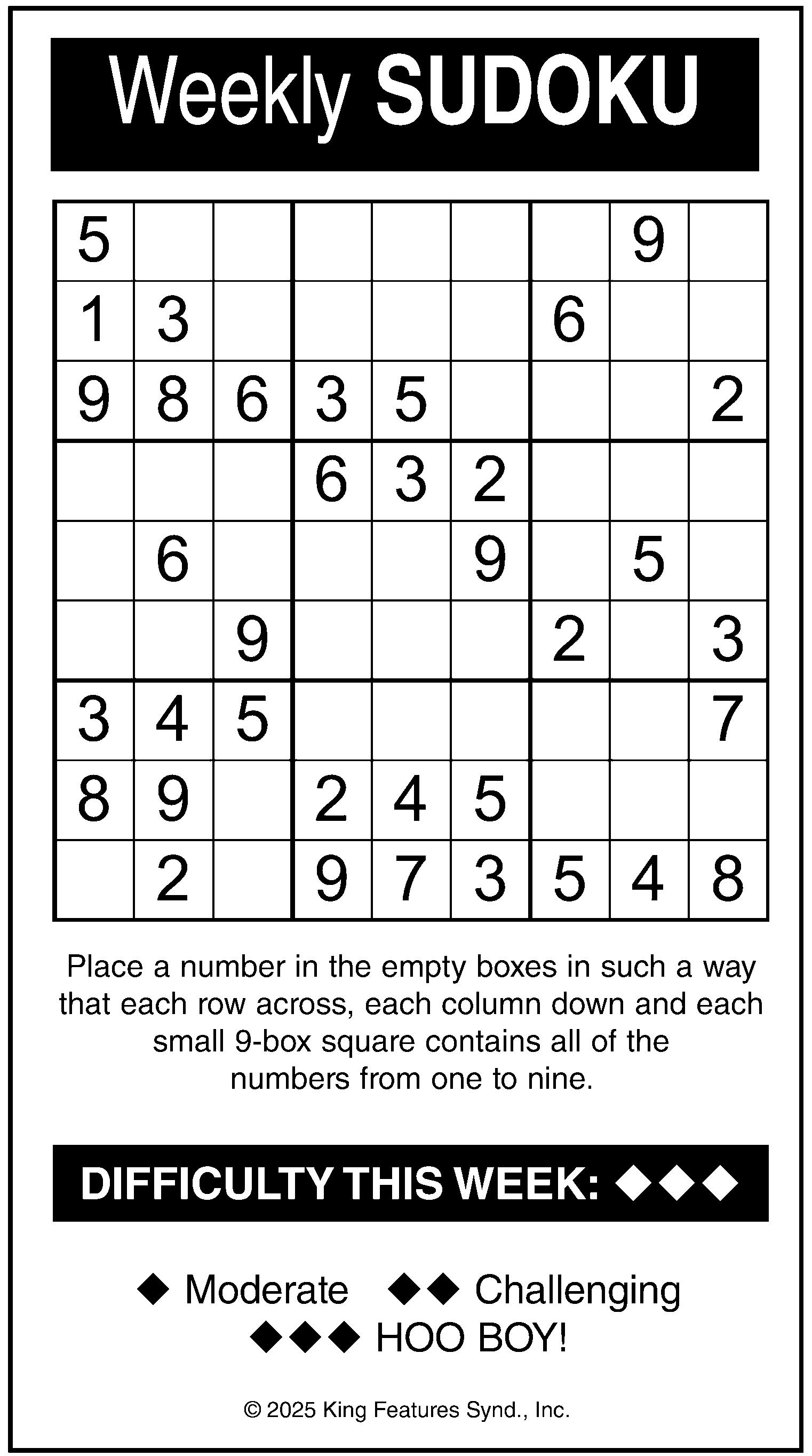


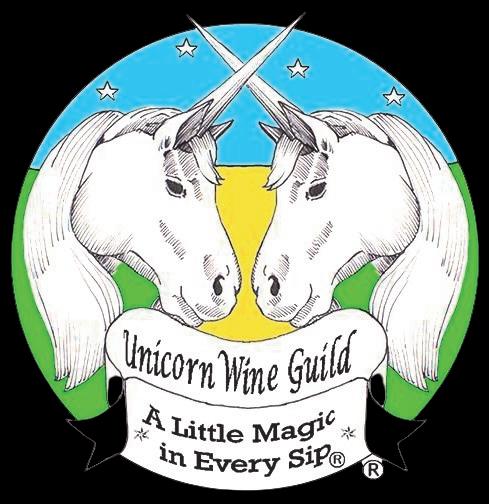



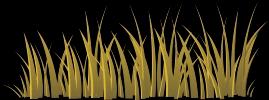





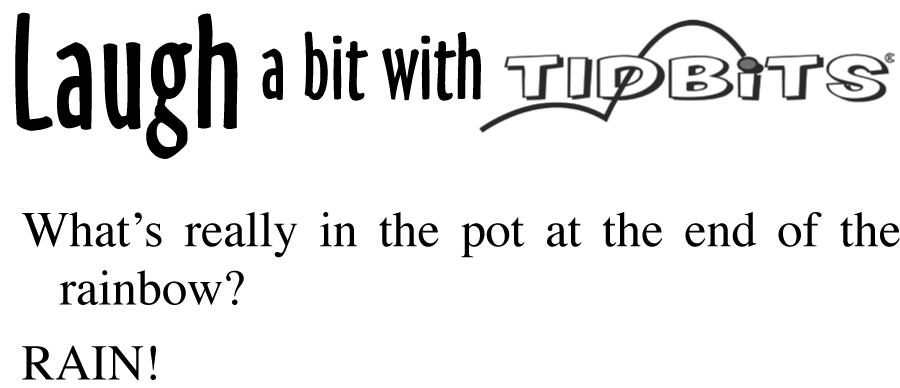













URANUS
• Throughout human history, it was easy for skywatchers to see six of the closest plants to Earth. However, the 7th planet from the Sun, Uranus, isn’t visible to the naked eye. It wasn’t discovered until 1781 when German astronomer Wilhelm Herschel figured out that it wasn’t a distant star, nor a comet, because it had a planetary orbit.
• Herschel was the first human to discover a new planet, and Uranus was the first planet found using a telescope. Since then, only one other person has discovered a planet, Johann Gottfried Galle, who discovered Neptune in 1846. However, Clyde Tombaugh discovered the not-quite planet Pluto in 1930.
• When it came time to name the new planet, Herschel suggested naming it for England’s King George, but his German compatriots disliked that idea.
• All the other planets (except Earth) are named for Roman gods. In Roman mythology, Saturn was the father of Jupiter, and Caelus was the father of Saturn. In Greek mythology, the name for Caelus was Ouranos. Ouranos ruled as the god of the sky.
• In 1789, the 92nd element discovered was named for Ouranos, spelled uranium. Influenced by this, German astronomers bucked the Roman-names-only tradition and named the new planet Uranus.
• It’s doubtful that either the Germans or the Greeks considered what the name would sound like in English. Is it “Urine-us” or is it “Yer ANUS”? Propriety insists it’s actually “You-RAIN-us.”
• Of the gas giants Jupiter, Saturn, and Uranus, the smallest is Uranus. Still, this ice-giant is large enough to hold 60 Earths inside it.
• Traveling in a rocket, it would take ten years to reach Uranus from Earth. (continued page #7)














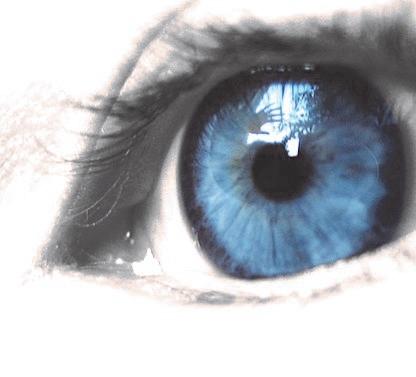






















URANUS (cont)
• The atmosphere of Uranus is 82.5% hydrogen, 15.2% helium, and 2.3% methane. The Earth-sized solid core is made of a mixture of water, ammonia, and methane ices, with an interior core of iron and magnesium silicate.
• Under extreme pressure, the methane breaks apart into its carbon components, which crystallize into diamonds.
• Uranus is the coldest of all the planets, not only because it’s so far from the Sun, but also because its core does not radiate heat. The average temperature is -357° F (-216° C)
• Uranus has 13 faint rings and 27 known moons. Rather than being named after the gods of mythology, the moons are named after characters from the writings of William Shakespeare and Alexander Pope. Some moons are as small as 8 to 10 miles (12 to 16 km) in diameter.
• A single day on Uranus lasts just 17 Earth hours. However, a year on Uranus is equal to 84 Earth-years.
• Uranus is the only planet in our solar system that orbits the Sun while lying on its side. All other planets spin in the same direction, with their equators facing the Sun and their poles at a 90-degree angle from the Sun. But Uranus spins in the opposite direction from all other planets, and its poles point directly at the Sun. This makes its seasons extremely long. Its north pole experiences 20 years of winter, then 20 years of summer. Yet the planet is so cold that seasonal variations in temperatures are negligible.
• The strange tilt of Uranus may be the result of the young planet, while still forming, being struck by an Earth-size planet.
• Only one spacecraft has ever flown by Uranus. In 1986, Voyager 2 passed by the planet and returned the first close-up images.




HENSLER’S HENSLER’S TOWN & COUNTRY TOWN & COUNTRY MARKET MARKET






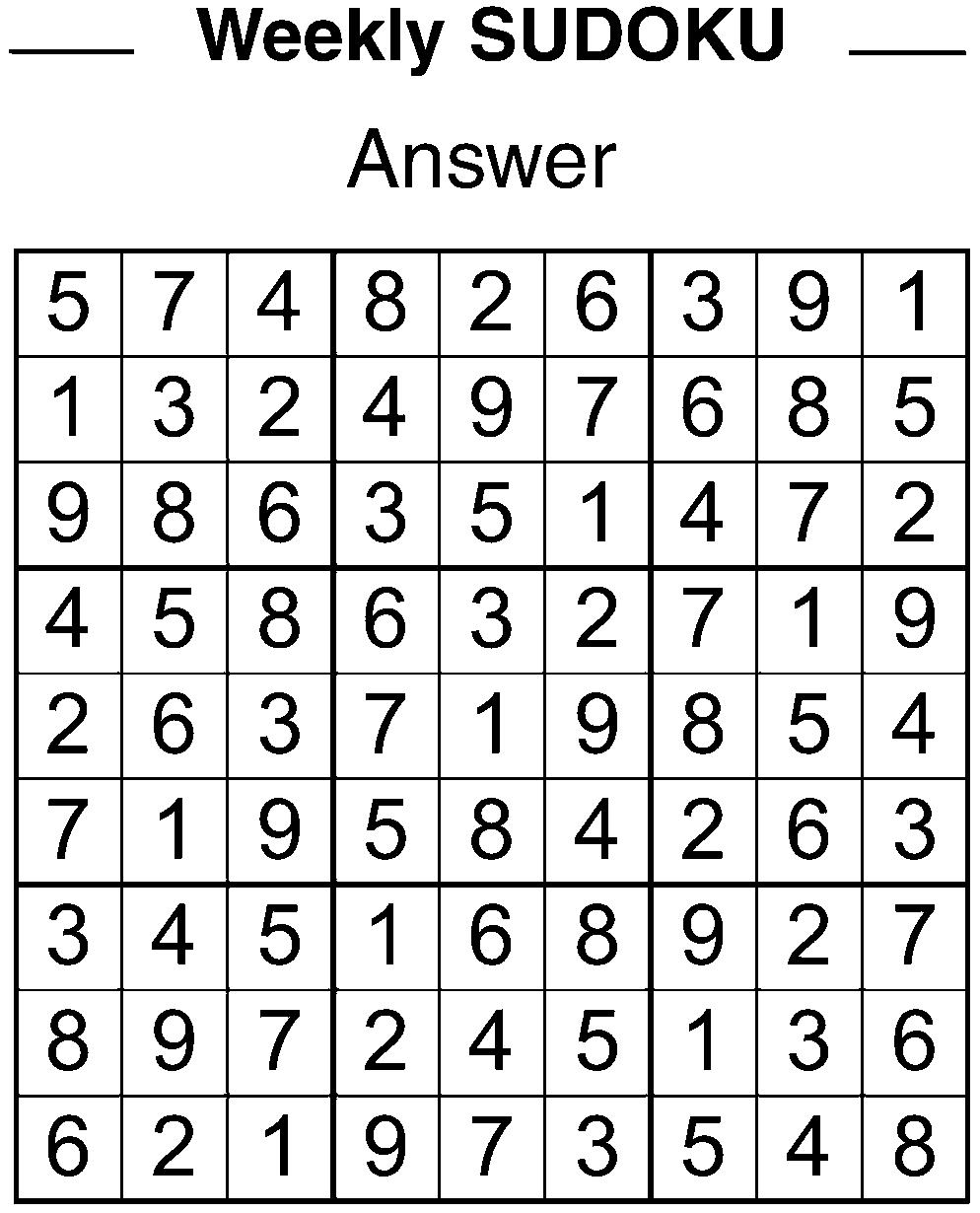


Dog Makes Odd Breathing Noise
DEAR PAW'S CORNER:
Recently, I had my 9-year -old, part-poodle/Maltese dog's teeth cleaned. The vet had to pull two teeth as well. Since this was done, "Scoobie" seems to make an odd noise as he is breathing. I feel like this is due to the tube they put down his throat as they cleaned his teeth. When I got him home, he had a hacking cough, which subsided about three days later. But the noise he makes when breathing continues. He doesn't seem to be in pain, though. I like our vet a lot and hate to question him, so hopefully you can help me out or let me know what I could ask the vet. Valeeta R., Montgomery, Alabama
DEAR VALEETA: A good veterinarian will not mind extra questions from a pet owner, so I encourage you to contact your vet and describe Scoobie's breathing noise.
In fact, you should go ahead and bring Scoobie in to have the vet check out the noise in person so he can rule out any serious issues. Pets that are put under general anesthesia for certain procedures (such as the tooth scaling Scoobie had) can develop complications afterward, ranging from stress reactions to major health emergencies. Don't be worried about bothering your vet your dog's health is the most important thing here.
Ask lots of questions, and insist on straightforward answers from the vet not answers designed just to make you feel better. If afterward you feel that you didn't receive satisfactory answers, or if Scoobie doesn't improve, take your dog to another vet for a second opinion. Send your tips, comments or questions to ask@pawscorner.com.
(c) 2025 King Features Synd., Inc.




* Stuck zippers can be loosened with graphite powder or simply by tracing a pencil lead over the zipper.
* Got memorabilia? Use a reasonably sized plastic storage bin for each child. Include folders noting each school grade for art and important academic papers. It can be a very special collection that you can give to your child when he is an adult.

* According to the American Academy of Pediatrics, "each 12-ounce soft drink contains approximately 10 teaspoons of sugar and 150 calories. Drinking just one can of soda a day increases a child's risk of obesity by 60%." Talk to your children about making smart choices both in the lunch line and at the vending machines.
* Got a child going off to college? Before you leave campus, go together to the health center, and make sure your kid knows who to call/where to go for emergency or urgent care, both on campus and


off. Not knowing can sometimes cause a delay in getting care, turning a bad situation worse.
* Returning to school can mean returning to sports after a summer hiatus. Be smart, and follow these guidelines from the American Academy of Pediatrics: Give yourself at least one recovery day off each week; be sure you are wearing the proper gear and that it's properly fitted; don't forget to cross-train (general exercises to strengthen your muscles and keep you flexible); take breaks and hydrate to avoid overheating; and have your coach reinforce the proper technique and safety rules.
* Keep cut veggies crunchy by lining a plastic or glass storage dish with coffee filters and then adding your cut vegetables, like carrot sticks and celery.
Send your tips to Now Here's a Tip, 628 Virginia Drive, Orlando, FL 32803.
(c) 2025 King Features Synd., Inc.


